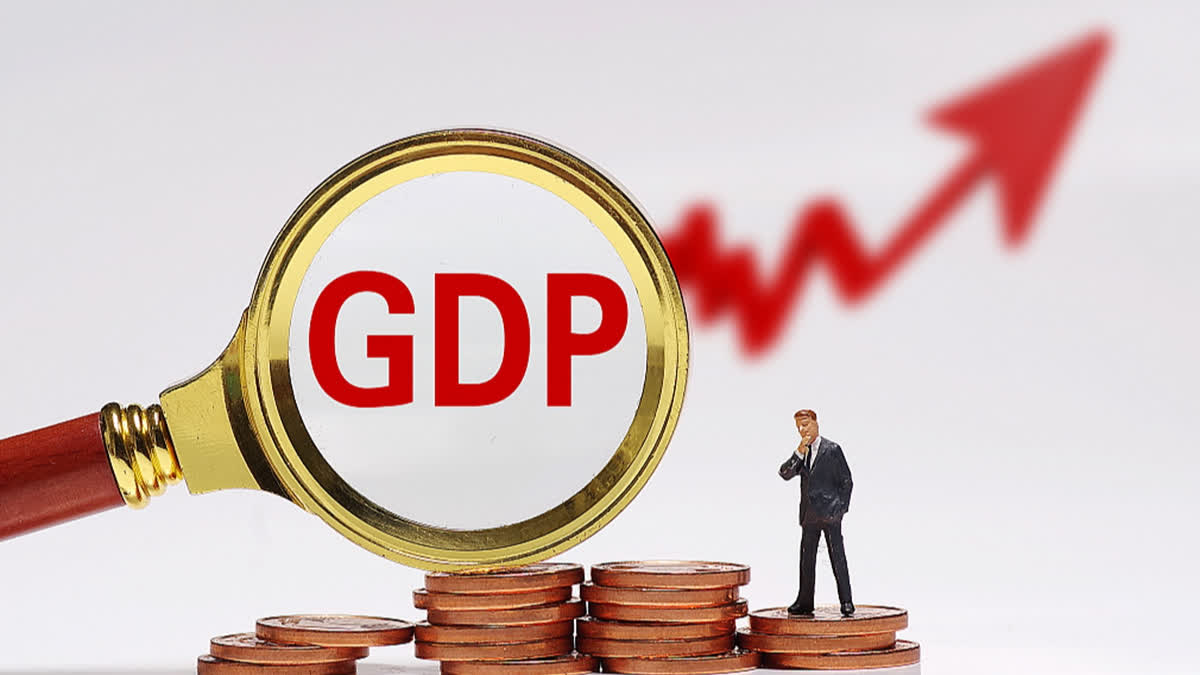New Delhi: While India’s GDP growth for full year has been estimated at 7.2% in FY 2022-2023 on a yearly basis, the latest data released Wednesday suggests that growth momentum is weakening in recent months as the growth rate during the last three months of the financial year (Jan-March 2023) declined to 6.1% on a year-on-year basis.
This story is not true only about India which may be a bright spot among emerging economies but the latest data suggests that several countries in the Asian region are struggling to maintain the growth momentum despite the lifting of the Covid-induced restrictions. While three countries, India, China and Thailand have maintained momentum in GDP growth in the fourth quarter, the GDP growth rate in Malaysia and Indonesia declined. On the other hand, the GDP of Vietnam and the Philippines actually shrank during the same period.
Factors for weakening growth
There is a mixed signal from emerging Asian economies including India and China. For example, private consumption has shown strong resilience both in India and China, but much more in China. However, external factors are affecting export-oriented economies more such as China and Vietnam. Experts point out that weak export will eventually affect domestic demand in export-driven countries such as China.
“In countries where exports are a large percent of GDP, external and domestic demand can't trend in opposite directions perpetually,” said Alex Holmes and Tomas Dvorak, Lead Economists at Oxford Economics, a leading UK-based think tank. Economists at the think tank said that export earnings feed through to investment, as well as hiring decisions, which affect consumer confidence, incomes and, ultimately, consumption.
“Given our view that external weakness is here to stay, as global growth softens further in H2 2023, we expect domestic demand to lose its lustre too,” they said in a statement sent to ETV Bharat. Several advanced western economies in Europe and American region are either looking at recession or have already entered into recession. For example, the latest data showed that Europe’s growth engine Germany has already entered into recession phase with its GDP shrinking for two consecutive quarters.
In order to better understand the economic growth of emerging Asian economies, researchers at the think tank developed activity trackers. The trackers show that China's post-reopening momentum continued in the past few months, although there are initial signs of the rebound losing steam in May. However, outside China, some of the resilience registered during the first quarter (Jan-Mar 2023) is fading.
“Indonesia and Thailand are holding up better, but slowdowns are more pronounced in the rest of Southeast Asia and in India,” said the think tank. Tight money supply negated advantage of reopening. According to the researchers, a late reopening in Asia, with tourism rebounding, supply chains easing, and pent-up demand being released, has coincided with a sharp tightening in monetary policy, both at home and abroad, and a tight reversal in external goods demand.
For example, banking sector regulators in Asia, Europe and USA have been tightening money supply by raising policy rates to combat high inflation. In India, Reserve Bank has raised repo rate by 2.5% between May 2022 and February 2023 to combat inflation as under the law it is required to keep the retail inflation within the target band set by the Central government. A policy which usually impacts economic growth.
“Growth will struggle for momentum from here in many places, as external headwinds drag on longer than any reopening tailwinds,” said the researchers at Oxford Economics.
Also read: Bank credit to industry decelerates in April to 7 pc: RBI



